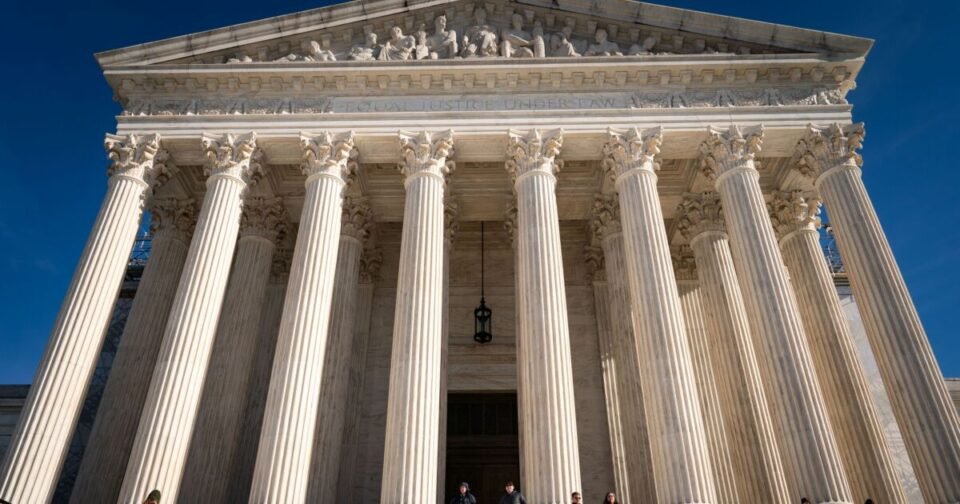With its decision in
While neither of the cases is a tax case, the decision in Loper has broad implications for the tax regulations written and administered by the Department of the Treasury and the IRS as well as the agencies tasked with the regulation of the alternatives industry.
Under Chevron, the examination of regulations was subject to a two-step approach:
1. Determination of whether there is ambiguity in the statutory language, and if there is,
2. Whether the regulatory agency provided a permissible interpretation of the statute.
To the extent both conditions were met, agency interpretation of the statute would receive deference, even if the interpretation was not one that would have been reached by the courts. Over the years there has been a move toward making ambiguity in the statutory language a given, leaving the courts with the determination of the reasonableness of the interpretation by the agencies.
Loper intends to return the task of determining the best (as opposed to permissible) interpretation of the legislation to the courts. The Loper decision has the potential to have widespread implications for tax regulations and administration and provide opportunities for taxpayers, while creating a more uncertain regulatory environment. As it relates to tax provisions relevant for alternative investment firms, two could be specifically impacted.
Code Section 1061 was enacted by the Tax Cuts and Jobs Act of 2017 and is intended to limit carried interest earned by alternative funds managers taxed at preferential long-term rates to amounts earned from the sale of assets held for greater than three years. While simple on the surface, the details of getting the goal of the legislation accomplished are quite complex and were largely left to the regulations to work out.
One of the exceptions provided for in the Code, by Section 1061(c)(4)(A), is the exception for carried interest held by a corporation. On its surface, by the plain reading of the statute, the exception means provisions of Section 1061 should not apply to carried interest held by a corporation. However, Regulation Section 1.1061-3(b)(2)(i) was published to interpret Section 1061(c)(4)(A) and provides that the exception should not apply to a corporation that has made an election to be treated as an S corporation or a passive foreign investment company that has made a Qualified Electing Fund election.
While many commentators have expressed a view that exclusion of certain corporations from the definition of a corporation for purposes of Section 1061 by regulation is an overreach and is contrary to the plain reading of the statute, to date taxpayers have been reluctant to take positions contrary to the regulation or to litigate the matter. As with other positions taken contrary to regulation, taxpayers’ decisions with respect to the application of the Section 1061 regulations may need to be reexamined in light of the Loper decision. Without the same deference awarded to the Treasury’s interpretation of the legislative intent and the statute, the courts may take a broader view of what “corporation” means for purposes of Section 1061. And the government, for its part, may need to take legislative action if its true intent was to exclude certain corporations from the exception provided for in Section 1061.
The other area to watch with particular interest for alternative asset managers is the saga surrounding regulations under IRC Section 1402(a)(13). Broadly, Section 1402(a)(13) exempts income earned by limited partners from self-employment taxes. The exemption has been relied on by alternative asset managers, most commonly structured as limited partnerships, to exempt large portions of their net management fees from self-employment taxes. The struggle to define “limited partner” for purposes of Section 1402 has been undertaken by the Treasury when it issued proposed regulations in 1997 and by courts on numerous occasions, but most recently in the case of Soroban Capital Partners v. Commissioner.
The 1997 proposed regulations tried to provide a functional test to determine whether an individual was a limited partner for the purposes of Section 1402. These regulations were withdrawn after the Senate specifically expressed concerns that the proposed regulations exceed the regulatory authority of the Treasury and indicated that “Congress, not the Department of the Treasury or the Internal Revenue Service, should determine the tax law governing self-employment income for limited partners.”
In the Soroban case, the court has chosen to continue pursuing the functional analysis in determining whether limited partners in asset managers were limited partners for purposes of Section 1402(a)(13), most recently ruling that they were not. The IRS, however, has included regulation under Section 1402(a)(13) on its priority guidance plan for fiscal year 2023-2024. The year ended June 30, 2024, and the plan for 2024-2025 fiscal year has yet to be released, but if the self-employment for limited partners guidance remains on the priority guidance list, and the IRS in fact undertakes the task of providing regulations defining a limited partner, there could be tension between what impact the Loper and Soroban decisions would have on the direction the IRS takes in its rulemaking. It also can cause further confusion for the principals of asset management firms (as well as other service-type businesses operating as limited partnerships) and serve as a reminder to Congress that it indicated that the guidance on the matter should come from them.
While the Loper decision does not provide any clarity or guidance on the complicated and uncertain tax issues facing alternative asset firms, it might provide opportunities for taxpayers to refine and redefine their tax positions in cases where current or prospective tax regulations do not provide the best interpretation of the statute.

